- Learning time
- 40 minutes
- First play time
- 100 minutes
Firenze
Designed by: Andreas Steding
In Firenze your task is to build towers in medieval Florence, with the best builder winning the game. How you qualify as ‘best’ however, isn’t quite so straightforward…
The board shows a set of different coloured towers that you the players will construct during the game. At the bottom there’s also a tableau of cards, and each player has a smaller board representing their building site, where construction takes place. Players start with a certain amount of white bricks (how many depends on the turn order) and six seals in their own colour. All of the cards on the tableau have four bricks added to them from a cloth bag – these are various colours, and as you would guess the colour of bricks you use have to match the tower you’re attempting to build.
At the start of your turn you pick up a card from the tableau. The left-most card is free, but if you want to pick up any other card you have to pay a brick onto all the cards you’re skipping over. When you get the card you also get the bricks on it. We won’t go over all the cards here, but they basically assist you in a variety of ways by getting you bricks you need or scoring you points. There are also a few cards that penalise you, but you may choose to pick them up anyway because eventually they’ll accrue enough bricks on them to make it worth your while. Some cards are played instantly (events) some are left face-up on the table as a permanent advantage (buildings) and some can be played now, or kept in your hand for use on a later turn (people).
You then do some building in your building site, either starting a tower or continuing to build one you began in a previous round (or indeed both!) You can have as many of these on the go as you like, but you must add at least one brick to each tower in construction, otherwise it gets torn down.
Finally, when you feel the time is right, you can choose to contribute the constructions on your building site to the towers on the board, effectively building a ‘level’ of your chosen tower. There are a number of levels for each tower, going from a minimum of three bricks upwards. Curiously you can skip over several lower levels to build a higher one, so the game kind of ignores gravity… the timing of when you build is important for various reasons – getting there before someone else does, scoring bonus points (there are some for certain levels) and also getting majorities in the towers will get you points at the end of the game. When you do this move, all the bricks you use go back in the bag and you put a seal on the tower to show your contribution (you also score points).
As soon as any player has no seals left, the other players get one more turn and the game ends. The player who triggered the game end gets a 5 point bonus.
The guru's verdict
-
Take That!
Take That!
Yes, there is some Take That in the game. As well as the possibility of building a tower only to find someone else has beaten you to the spot you wanted, several of the cards are quite destructive and some allow people to swap bricks with you, whether you like it or not.
-
Fidget Factor!
Fidget Factor!
Possibly high on a first play, but dropping. However as the game closes out and the lower parts of the towers are no longer available, there may be pauses for thought as people try and drum up some kind of scheme.
-
Brain Burn!
Brain Burn!
At the start of the game it's pretty open and the brain-burning is low. The last few rounds get a bit trickier.
-
Again Again!
Again Again!
Cards are shuffled and come out randomly, bricks also come out randomly. The game can be played in different ways too - maximising your point scoring or racing to finish it as fast as possible before anyone else can score enough points to beat you.


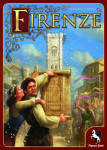

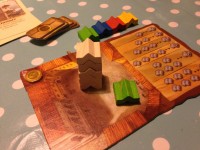



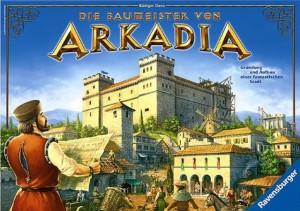
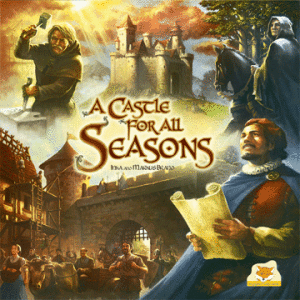

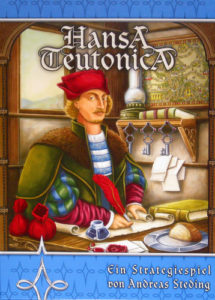
Sam says
I thought Firenze was going to be a friendly little family game but actually it's brutal in places, and has a depth to the play that belies its appearance. I like the way even rubbish cards on the tableau get picked up after gathering enough bricks and the balance between what you need to build and when you need to get it done by can make the game rather tense. Probably a little heavy on cognitive load for younger children but good fun if you like a bit of brow-furrowing.